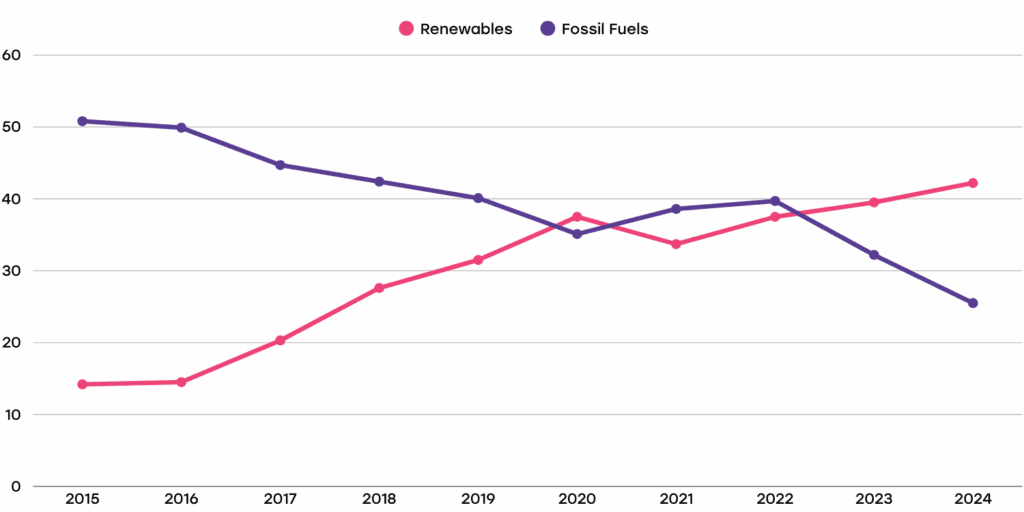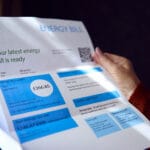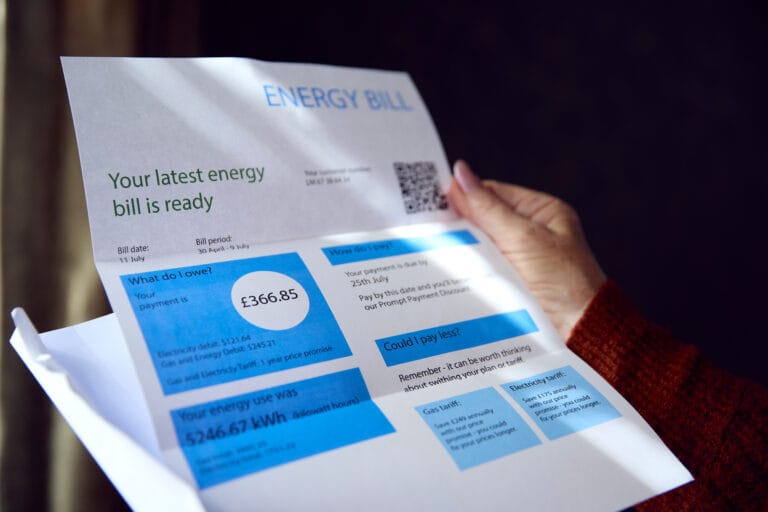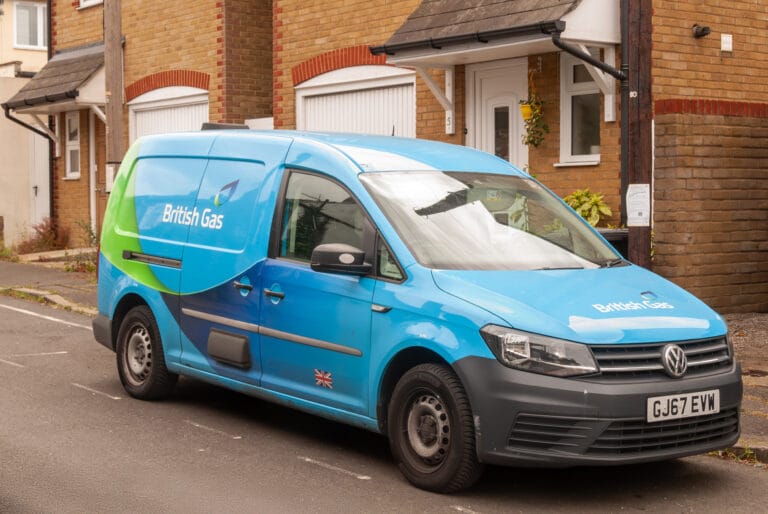The UK has long set its sights on leading the world in clean energy. With a legally binding commitment to reach net zero carbon emissions by 2050, the transition away from fossil fuels has become a cornerstone of policy, investment, and public support. But with growing energy demands and rising costs, are we really on track to meet this ambitious goal?
Britain’s Renewable Energy Landscape Today
In recent years, the UK has seen a remarkable shift in how it generates electricity, with renewable energy sources supplying over 50% of Britain’s electricity in 2024.
This includes:
- Wind power (offshore and onshore)
- Solar power
- Hydropower
- Bioenergy
Wind energy has become the largest contributor, accounting for nearly 29.5% of total generation. Solar power supplies around 5.2%, and nuclear energy contributes roughly 14.25%.
These figures highlight just how much progress has been made in a relatively short time, but they also show that there is still a long way to go.
A Closer Look at 2050 Net Zero Targets
The UK Government’s target is clear: by 2050, the country aims to reach net zero greenhouse gas emissions. This will require not just replacing fossil fuels with renewables but also transforming transport, heating, and industrial processes.
Based on current growth, Britain is ahead of many other nations in deploying clean power, yet there are significant challenges:
- Infrastructure upgrades needed to support renewable supply
- Investment gaps in storage and grid flexibility
- Policy uncertainty affecting long-term projects
Meeting these targets will demand coordinated action from government, businesses, and individuals alike.
The Role of Wind and Solar Power
Wind and solar energy are the backbone of the UK’s renewable revolution. Offshore wind capacity alone is among the largest in the world, with multiple new projects underway. Solar power installations have also steadily increased, providing affordable electricity even on cloudy days.
However, the intermittency of these sources means investment in energy storage, such as batteries and hydrogen solutions, is vital to ensure reliable supply. Without this, the grid could face difficulties balancing demand during periods of low generation. This reliance on weather patterns underlines the importance of a diversified renewable mix.
Is the UK On Track?
In simple terms, Britain has made impressive progress, but experts caution that meeting the 2050 deadline will require accelerated action. Current figures show that while 42% of Britain’s energy now comes from renewables, heating, transport, and other factors still rely heavily on fossil fuels.
To stay on track, the UK will need to:
- Expand renewable capacity faster
- Modernise the grid and invest in storage
- Incentivise low-carbon heating solutions
- Support consumers and businesses to adopt cleaner technologies
Achieving net zero isn’t just an environmental commitment, it’s also a major economic opportunity, with the potential to create thousands of jobs and lower long-term energy costs.

A Path Forward
The UK’s renewable energy journey has come a long way, transforming how we power our homes, businesses, and public services. While the 2050 target is ambitious, the foundations are in place to build a cleaner, more resilient energy system.
Continued investment, innovation and policy support will be essential to keep the momentum going. With collective effort, the UK has every chance to lead the way towards a sustainable future.
For more insights and guidance on reducing your energy costs and carbon footprint, visit our website here to explore our sustainable solutions for businesses.















